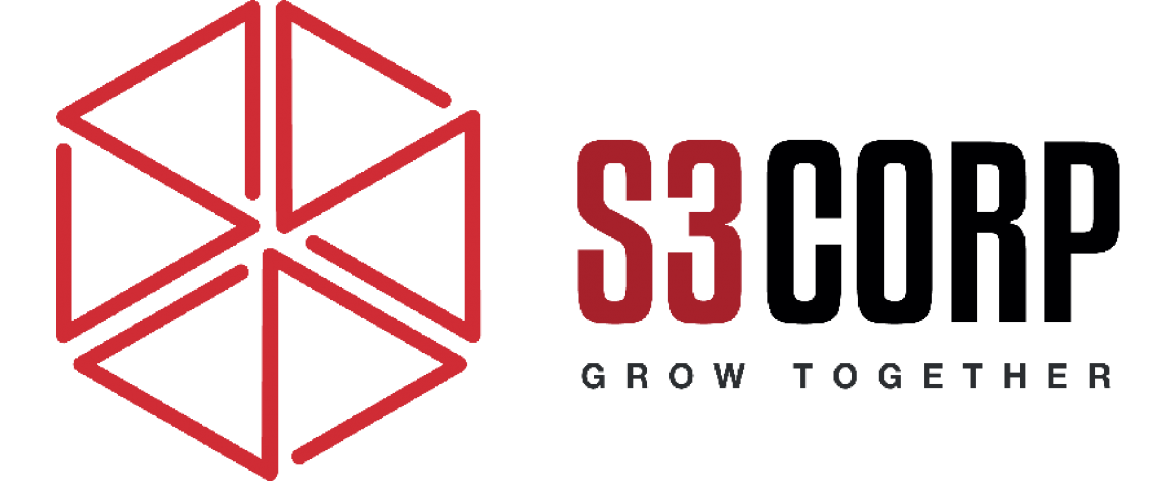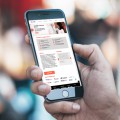3 Keys to Great Product Design
— August 14, 2015The Foundations of Outstanding Product Design
Being a designer is both challenging and rewarding. As a CEO, my responsibilities have shifted away from hands-on product involvement. My role now focuses on hiring skilled engineers and designers who can surpass my own abilities. Recently, I had the rare opportunity to oversee the design department for an upcoming launch. This experience revealed valuable insights into what drives exceptional design. Below, I will share three fundamental lessons that emerged from working alongside a talented team. These principles can transform your approach to design, particularly in dynamic industries such as web app development and mobile development sectors.
Open Communication
Effective communication is a cornerstone of productive design work. Designers must coordinate closely with team members to align on user flow, color schemes, and the overall user experience. However, in startups, where the design team often consists of a single individual, collaboration can be a challenge. Without colleagues to validate ideas, designers may feel isolated, especially when receiving feedback from non-designers such as business professionals or engineers.
Unlike engineering, design often invites opinions from across the organization. A salesperson might suggest changing the button color, or a manager could propose resizing an element. For a designer, this influx of opinions can be both overwhelming and frustrating. Striking a balance between asserting professional judgment and considering input is critical.
To address this, our design team adopted a transparent approach. We made an effort to explain the rationale behind our choices to the broader team. This process of over-communicating ensured that everyone felt included and understood the decisions being made. As a result, there was greater consensus and confidence in the designs, enabling us to transition from wireframes to mockups swiftly.
For businesses involved in outsourcing software services in Vietnam or globally, fostering open communication is even more critical. Distributed teams can benefit greatly from structured feedback sessions and clear documentation, ensuring alignment across time zones and cultural differences.
Taking Time with Wireframes
In the past, I approached wireframing as a tedious chore, rushing through it to get to the more visually engaging task of creating mockups. However, this haste often led to wasted effort. Broad, underdeveloped wireframes frequently resulted in beautiful mockups that needed significant revisions or were ultimately discarded.
When working with our team, I realized the value of investing time in the wireframing stage. By spending more time refining wireframes, we could catch potential issues early, saving effort in later stages. Our solution was to double the time allocated to wireframe development. Regular checkpoints were introduced, during which wireframes were presented to the entire team using tools like InVision. This iterative feedback process ensured that by the time mockups were developed, they were polished and aligned with the project’s goals.
For industries like mobile application development, where user experience is paramount, this approach is indispensable. High-quality wireframes lay the groundwork for seamless, intuitive designs. Vietnam’s outsourcing industry, with its focus on delivering top-tier software solutions, can leverage this method to enhance the efficiency and quality of design projects.
Understanding the User
The most efficient way to create impactful designs is to develop a deep understanding of the end user. Without this knowledge, designs often fall short of their potential, delivering functionality without meaningful user engagement.
Our team encountered this issue frequently. Requests would come in to design specific features, but without understanding the user’s needs, the results were mediocre. This highlighted the importance of foundational research. Designers should ask critical questions: Who is the target audience? What are their priorities? Why are they using the product? Answering these questions enables designers to tailor their work to meet user expectations effectively.
We implemented a user-focused design process, involving detailed customer profiling and feedback collection. This approach not only improved the usability of our designs but also streamlined decision-making. For example, in one of our projects related to mobile device management, understanding the challenges faced by enterprise IT administrators helped us design interfaces that prioritized simplicity and control.
By focusing on the specific needs of clients and their customers, design teams can deliver solutions that stand out in a competitive market.
Maximizing Design Efficiency
Beyond the three core principles, there are several practices that can further enhance the design process. Firstly, embracing design tools and technologies can significantly boost productivity. Tools like Figma or Adobe XD offer collaborative features that streamline workflows, especially for remote teams.
Secondly, cross-department collaboration should be encouraged. By involving stakeholders from engineering, business, and marketing early in the design process, potential conflicts can be resolved before they escalate. This approach fosters a sense of shared ownership, reducing friction during later stages of development.
Lastly, continuous learning is vital. The design landscape is ever-changing, with new trends and technologies emerging regularly. Designers should stay informed through workshops, online courses, and industry events.
Conclusion
Great product design is a blend of clear communication, thorough preparation, and a deep understanding of the user. By fostering collaboration, dedicating sufficient time to wireframing, and prioritizing user needs, design teams can achieve remarkable results. These lessons, drawn from my experiences with a talented team, are especially relevant to organizations in Vietnam’s thriving web and mobile development landscape.
For companies like S3Corp, specializing in outsourcing software services, adopting these practices can drive innovation and excellence. Whether you’re building a mobile app or a web platform, focusing on these foundational principles will ensure your designs stand out, delivering value to both users and stakeholders.







